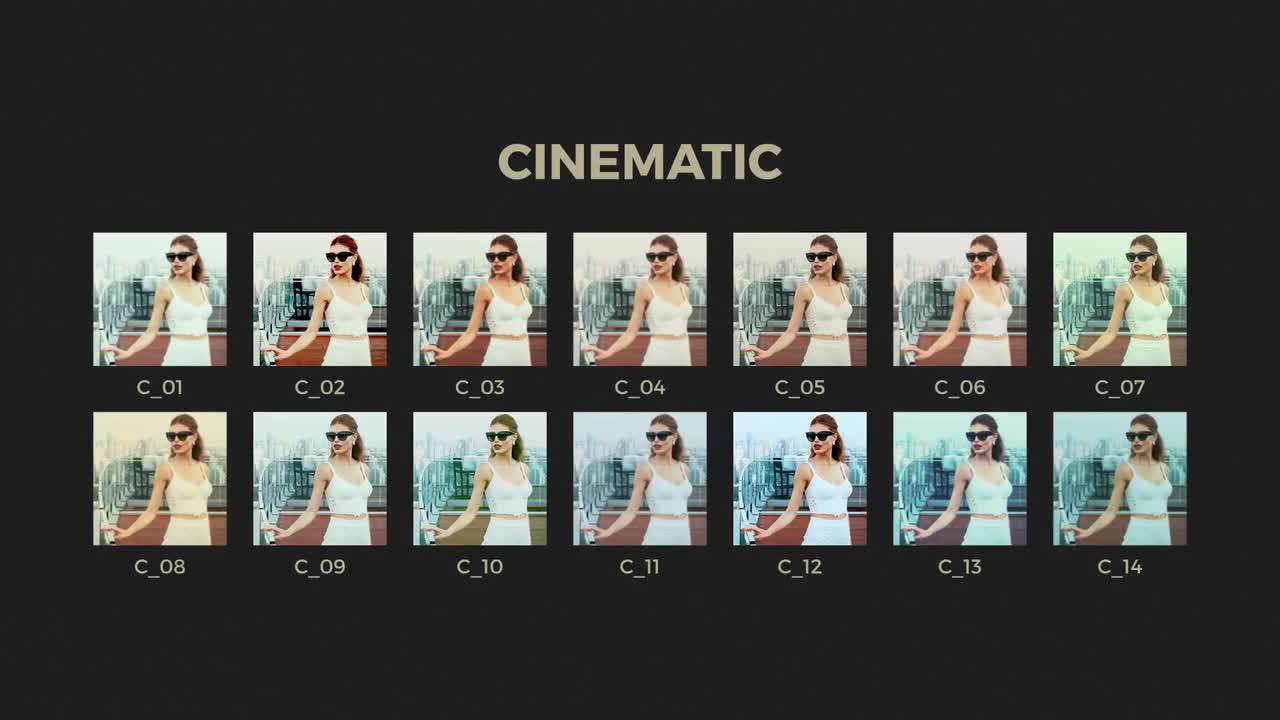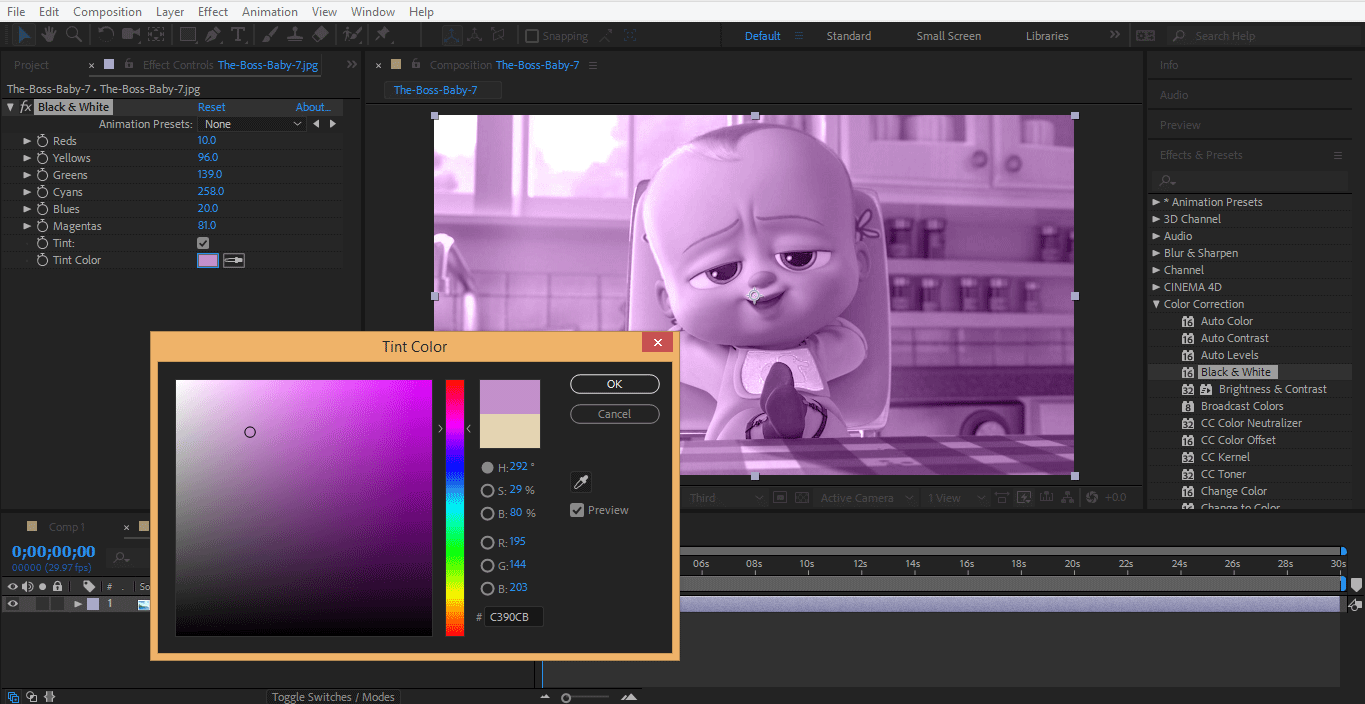
Let’s say you have a shot of the talent’s face: The overall shot looks good, but you would like her eyes to pop a little more, meaning you would like her eyes to stand out slightly. In this step, you make more specific tweaks inside of the frame. You need to balance the overall look of the image so that you can come in and crush the next step.

If there’s a lot of tungsten lights inside, and your footage looks more yellow, this is where you compensate for that as well with the white balance. If it is outside, you usually want to balance for daylight. You also control the general white balance. This is also where you adjust the blacks (lift), shadows, highlights and whites (gain). In this step, you make sure the overall image is exposed where you would like.
#BEST COLOR CORRECTION AFTER EFFECTS FREE#
Check out our free lesson, “What is Primary Color Correction?” This is where you handle things like white balance, contrast, saturations, lift, gamma and gain. You want to do what is called primary color correction. When you have your shots together, you want to correct the overall image. The more you color and read the scopes, the more you start to gauge what numbers you like some of your values to fall between. Scopes also gauge how saturated your image is. Or you can say, let’s bring some blue in. You can look and say, for instance, this shot has too much red, let’s dial it back. The scopes are a good way to check the balance between red, green and blue. You also see if your colors land in the middle, which would put you at the ideal exposure for that group. If there is a black shirt on the screen, you can use the scopes to see if you adjusted that particular black correctly and lower it to read as true black. Different monitors and the lighting in the room you correct affect how the color comes across. With scopes, you read what the colors in your image do. But you need to make sure that the colors you adjust are applied properly.

When you color correct, you essentially create a look and feel of the footage. So make sure you shoot in log, you expose things properly or pretty close, and you are aware of the colors your talent wears and the colors in the scene. If you already have high contrast baked in, and the details in the blacks are crushed or the whites are blown out, you can’t get that information back in color. But this is good because you retain a lot of information for when it is time to color. This means that the image at first looks dull, desaturated and low contrast. Make sure you shoot in “log” or what we call “flat”. It is crucial to be aware of what you put into your camera and what you deliver to the colorist to get the best results.

Color correction controls which parts of the frame the eyes look at and what appears pleasing to the eye.

In film and video, it’s all about controlling where the eyes go. And even though the average viewer may not know what color correction is or when it is missing, they know something is off. Color correction takes it to that next level and it is an essential part of video editing. It goes from balancing the image to dialing in specific looks, to creating a specific artistic style to the frames. Well, that is because you are missing one important factor: color correction.Ĭolor correction is when you dial in the colors of each shot to make the final image look amazing. But somehow it doesn’t quite look like the pros, yet. So you lit your scenes correctly, shot your footage and put the edit together.


 0 kommentar(er)
0 kommentar(er)
